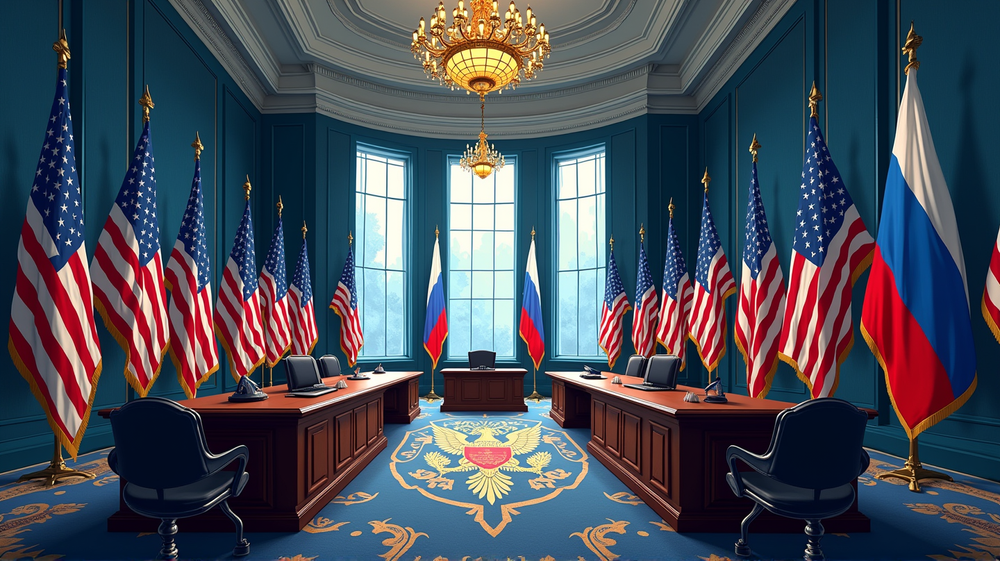Social Media Erupts Over Pentagon's Flag Day Blunder
An inadvertent design choice has created a storm of controversy online. The Pentagon’s latest Flag Day post, meant to celebrate American patriotism, instead prompted an uproar when eagle-eyed users noticed a striking resemblance to elements of the Russian flag within the graphic.
The Design Detail that Caught Everyone’s Eye
According to Moneycontrol, the image, shared on social media, was intended to pay homage to the nation’s symbols. However, an unexpected interpretation from the public turned the narrative on its head. As images quickly circulated, discussions erupted regarding the resemblance to Russia’s national symbols. This oversight has pushed the Pentagon into the limelight - not for patriotic fervor, but for an international faux-pas.
A Browsing History of Past Celebrations
Reflecting on previous years, users have pointed out that the U.S. Defence Department’s Flag Day imagery had always stood out with its clean, unifying themes. Past posts celebrated the characteristic stripes and stars that epitomize American values, without any controversial overlaps seen this year. Why the departure from the tried-and-tested designs? The question lingers in the online chatter.
Social Media’s Voracious Response
The tweet quickly went viral, sparking responses ranging from humor to outrage. Memes and comments exploded, with some users questioning the intentions behind the design and others deriding the slip-up as an innocent yet embarrassing mistake. The kerfuffle illustrates not just the power of social media scrutiny but also a heightened public sensitivity to geopolitical symbols.
Official Reactions and Moving Forward
Officials at the Pentagon are yet to release a formal statement in response to the backlash. It remains to be seen if an apology or corrective measure will be issued. The focus seems to be on weathering the social media storm. Meanwhile, the incident is a reminder of the importance of rigorous oversight in times when public perception can be a minefield of international interpretations.
Looking Ahead: Lessons in Design and Diplomacy
While the unintended infusion of foreign elements into the national conversation is mildly amusing, it also serves as a cautionary tale. In a world where every image can be magnified and analyzed under the microscope of the internet, the stakes for maintaining national pride untainted by international symbols are higher than ever.
As the dust settles on this digital squall, the incident stands as a testament to the intricate dance of design, symbolism, and diplomacy in the online age. And a simple question remains—how will the Pentagon refine its art of communication and representation to avoid such lines crossing in the future?




